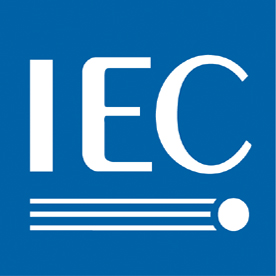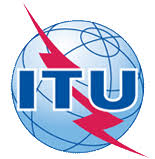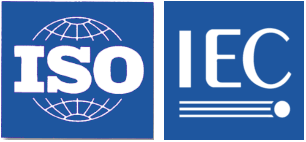IEC 62832-1:2020Industrial-process measurement, control and automation - Digital factory framework - Part 1: General principles
IEC 62832-1:2020 defines the general principles of the Digital Factory framework (DF framework), which is a set of model elements (DF reference model) and rules for modelling production systems. This DF framework defines: a) model of production system assets; b) a model of relationships between different production system assets; c) the flow of information about production system assets. d) The DF framework does not cover representation of building construction, input resources (such as raw production material, assembly parts), consumables, work pieces in process, nor end products.. e) It applies to the three types of production processes (continuous control, batch control, and discrete control) in any industrial sector (for example aeronautic industries, automotive, chemicals, wood).


